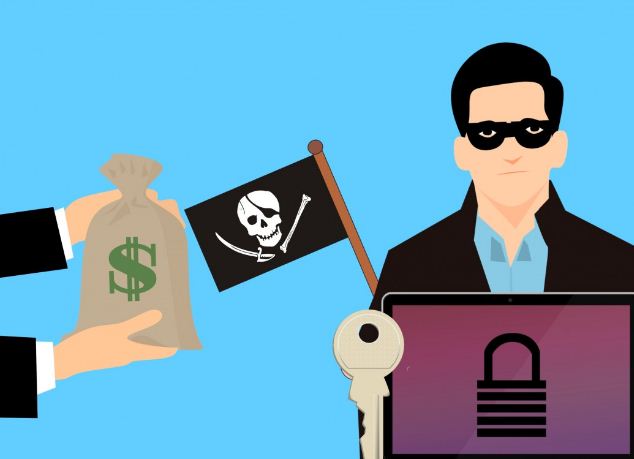As a business owner or manager, you’re tasked to be prepared for the seemingly endless amount of criminal threats that can impact your operations. Criminal activity of any kind is costly to any organization, both in resources and time. Many organizations are unprepared in regards to criminal activity and security, which begs the question: how can these organizations reduce the effects of crime and protect their business? This post will provide the information necessary to these types of crimes and how to defend against them.
For retail organizations, the most common crimes include shoplifting, burglary and vandalism. Preventing these types of activity is made easier through the installation of security tools such as cameras, alarms and even shoplifting detection tools. With the right installation of these tools, surveillance can be accomplished both inside and out of the store to deter any criminals away.
A more sophisticated system meant to protect organizations is known as close monitoring. Whether it on-site, remotely, or through third party security guard services, any organization can benefit from these comprehensive protection packages. These systems can even limit the users that have access. Meaning select access codes, card readers and fingerprint readers can be used to protect an organization’s central entry and exit points. This, in connection with requiring ID badges for any person accessing company property can limit the number of unwarranted people from the premises. No criminal wants to test these systems, meaning businesses equipped with them become less of a target.
Exterior threats aside, how about the destruction of an organization from the inside? Fraud remains a serious issue in the professional atmosphere. Nearly 47% of companies have experienced fraud over the past two years. Mostly through forms of customer fraud, cybercrime and asset misappropriation. Both internal and external parties can contribute to this fraud, in addition to colluding with each other to gain even further.
The number of employees willing to conduct some form of Internal crime has been increasing year over year. Some employees have been known to steal cash, merchandise and even conspire to indulge company trade secrets and intellectual property. Occasionally, this can result in the failure of a business. Nearly 30% of bankruptcies reported by businesses can be attributed to employee theft.
A business begins its security measures upon hiring. Bringing on the wrong employee knowingly can result in catastrophic failure. Sound hiring practices such as credit and background checks, contacting references and verifying information are imperative. It’s also important that companies prioritize various responsibility and reliability policies to their employees as they’re brought on.
Internal fraud can also be defended against using various cybersecurity measures. Even something as simple as stronger passwords can help employees avoid becoming a target for identity theft, social engineering attacks and other exposures. The same can be said for upgraded firewalls and antivirus software that should be installed on all organizational computers.
As businesses continue to grow, they become more and more likely to be targeted by these types of crime. It can be challenging for businesses to be prepared for this level of crime, meaning they’ll need all the help they can get. For more information regarding the statistics and lasting impact of crime on a business, take a moment to review the infographic paired alongside this post. Courtesy of Cancom Systems.




